Yangyang Qin
3rd Place: A Global and Local Dual Retrieval Solution to Facebook AI Image Similarity Challenge
Dec 29, 2021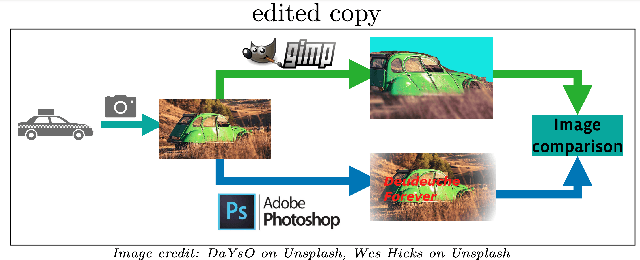
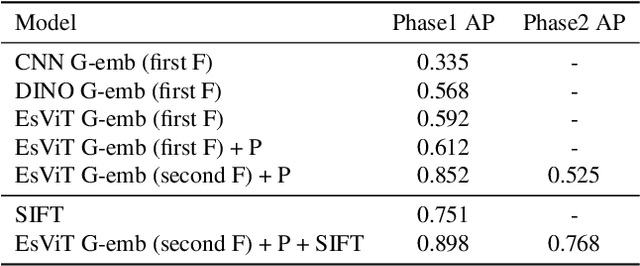
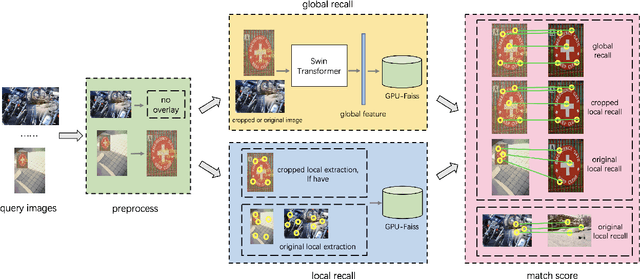
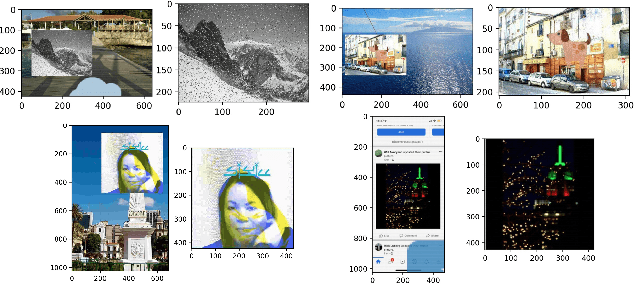
Abstract:As a basic task of computer vision, image similarity retrieval is facing the challenge of large-scale data and image copy attacks. This paper presents our 3rd place solution to the matching track of Image Similarity Challenge (ISC) 2021 organized by Facebook AI. We propose a multi-branch retrieval method of combining global descriptors and local descriptors to cover all attack cases. Specifically, we attempt many strategies to optimize global descriptors, including abundant data augmentations, self-supervised learning with a single Transformer model, overlay detection preprocessing. Moreover, we introduce the robust SIFT feature and GPU Faiss for local retrieval which makes up for the shortcomings of the global retrieval. Finally, KNN-matching algorithm is used to judge the match and merge scores. We show some ablation experiments of our method, which reveals the complementary advantages of global and local features.
Hands-on Guidance for Distilling Object Detectors
Mar 26, 2021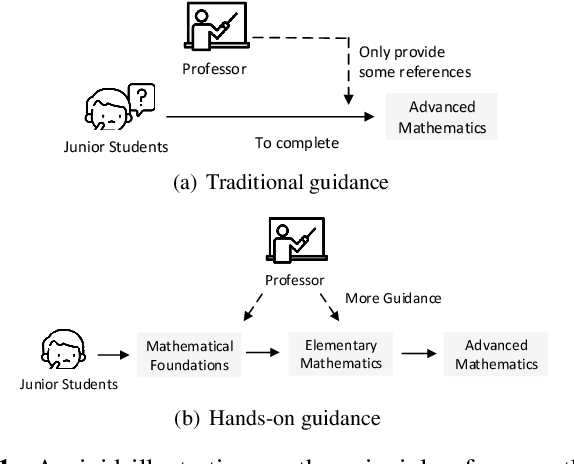
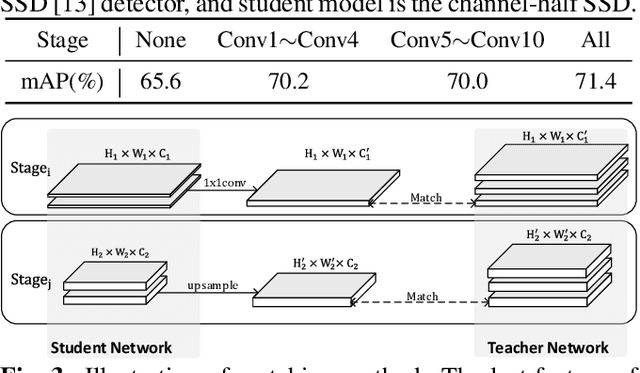
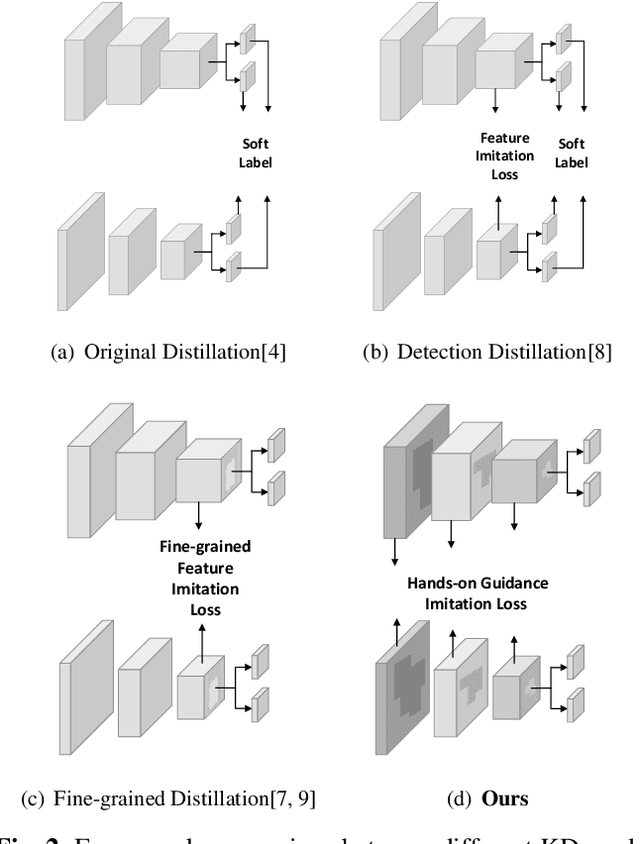
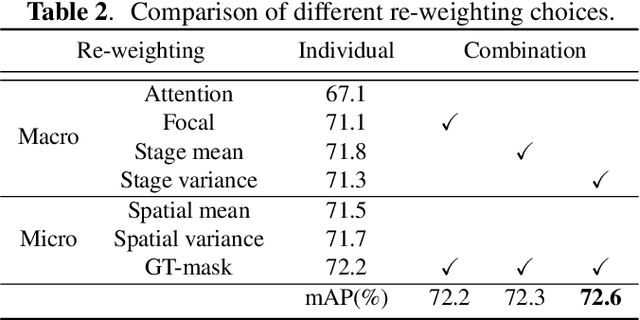
Abstract:Knowledge distillation can lead to deploy-friendly networks against the plagued computational complexity problem, but previous methods neglect the feature hierarchy in detectors. Motivated by this, we propose a general framework for detection distillation. Our method, called Hands-on Guidance Distillation, distills the latent knowledge of all stage features for imposing more comprehensive supervision, and focuses on the essence simultaneously for promoting more intense knowledge absorption. Specifically, a series of novel mechanisms are designed elaborately, including correspondence establishment for consistency, hands-on imitation loss measure and re-weighted optimization from both micro and macro perspectives. We conduct extensive evaluations with different distillation configurations over VOC and COCO datasets, which show better performance on accuracy and speed trade-offs. Meanwhile, feasibility experiments on different structural networks further prove the robustness of our HGD.
Selective Convolutional Network: An Efficient Object Detector with Ignoring Background
Feb 04, 2020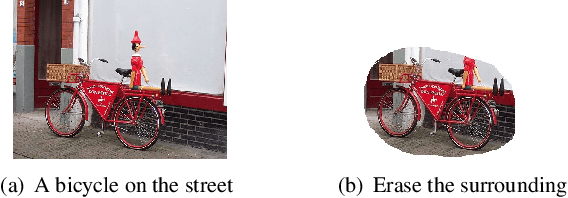
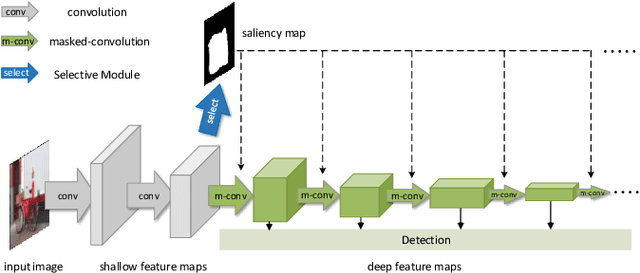
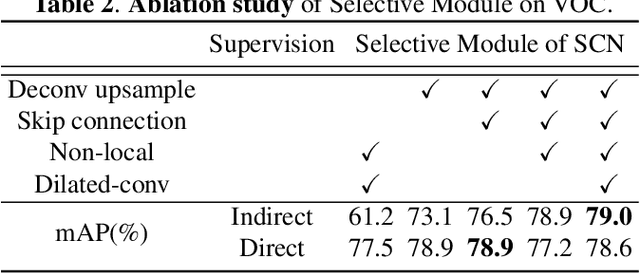
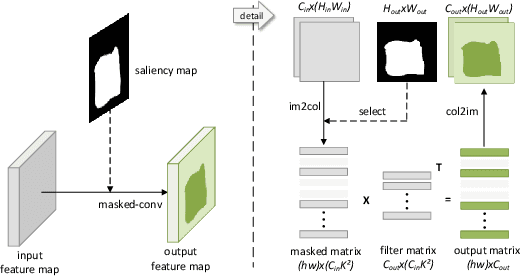
Abstract:It is well known that attention mechanisms can effectively improve the performance of many CNNs including object detectors. Instead of refining feature maps prevalently, we reduce the prohibitive computational complexity by a novel attempt at attention. Therefore, we introduce an efficient object detector called Selective Convolutional Network (SCN), which selectively calculates only on the locations that contain meaningful and conducive information. The basic idea is to exclude the insignificant background areas, which effectively reduces the computational cost especially during the feature extraction. To solve it, we design an elaborate structure with negligible overheads to guide the network where to look next. It's end-to-end trainable and easy-embedding. Without additional segmentation datasets, we explores two different train strategies including direct supervision and indirect supervision. Extensive experiments assess the performance on PASCAL VOC2007 and MS COCO detection datasets. Results show that SSD and Pelee integrated with our method averagely reduce the calculations in a range of 1/5 and 1/3 with slight loss of accuracy, demonstrating the feasibility of SCN.
 Add to Chrome
Add to Chrome Add to Firefox
Add to Firefox Add to Edge
Add to Edge